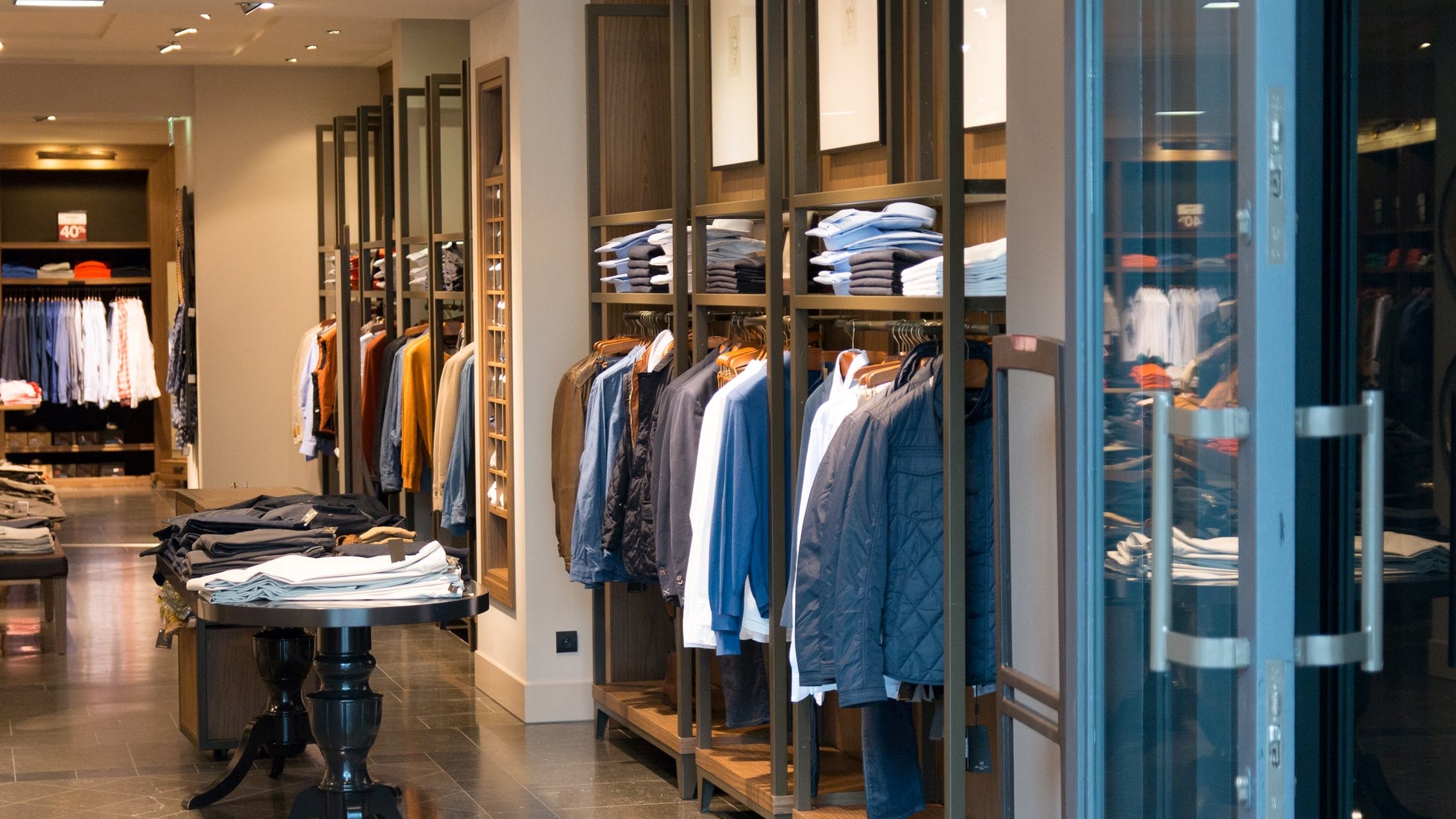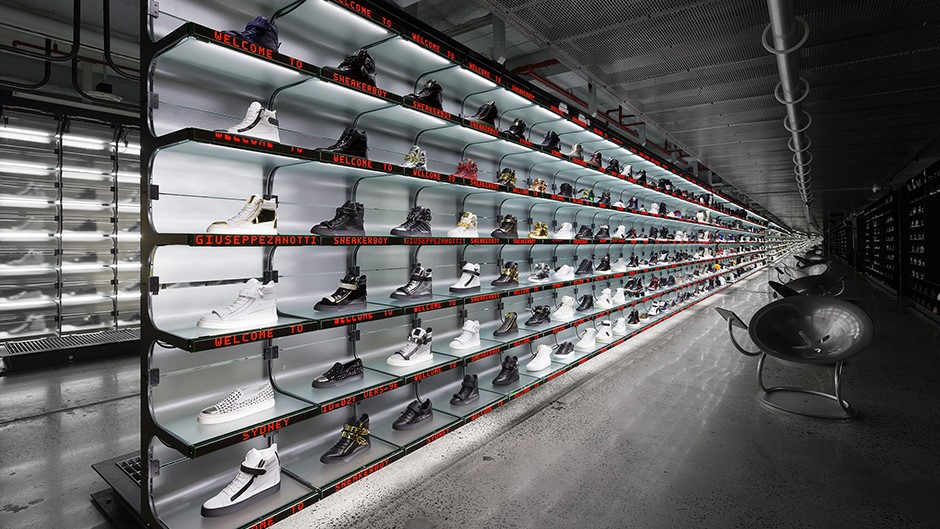The Third Place: Retail Trends
-
date_range 17/08/2019 infosortBusinesslabel
I came across a great video by Vox titled “What America’s shopping mall decline means for social space” where I was introduced to this idea of a “third place”.
People generally spend time in 3 places. The “first place” is home and those that one lives with. The “second place” is the workplace where people may spend most of their time in. Then there is the “third place”, a place with community life allowing for broader and more creative interactions. A place where you would relax in public, encounter familiar faces and make new acquaintences.
The video mentions Oldenburg’s 8 qualities of a good “third place” and they are as follows:
- Neutral ground
- Social leveler
- Conversation is the main activity
- Accessible and accomodating
- The regulars
- A low profile
- The mood is playful
- A home away from home
The concept of the “third place” is widely popular in the urban planning literature when it comes to building public spaces. Various small businesses also picked it up such as locally owned coffee shops that tailors their offering according to the local context.
Retail stores are increasingly getting squeezed. Suppliers are turning to online channels to sell directly to customers. Customers are expecting greater levels of personalization, convenience and lower prices. What then is the use of a brick-and-mortar store?
Tech Companies Leading The Way
The trend for retail is increasingly led by large technological companies, the likes of Amazon and Alibaba.
The Amazon Go’s just-walk-out technology was a huge hit. Customers just have to scan their mobile devices, walk in, grab what they need, and walk out. There is no need for human intervention.
The Hema store by Alibaba doubles as both and experiential store for customers and a fulfilment centre for customers leaving within the vicinity. The store provides the freshest ingredients and a space for customers to dine in. Customers leaving within a 2km radius of the store receives their grocery within 30mins of ordering.
There are similiarities and differences in terms of use cases for the 2 stores. Both stores serve to collect data about in-store customers and how customer behaves. Such data can they be analysed for companies to provide better customer experience in the future.
Amazon Go serves customers that are passing-by, probably on the way to work (“second place”) or home (“first place”) by providing a convenient option to purchase items frictionlessly. There’s nothing much to experience.
Hema on the other hand was built to provide in-store customers a delightful shopping and dining experience. In-store customers also wishes to touch and feel the products they are buying and Hema serves that need exactly by emphazing on the freshness of their products.
Now, what about other retail stores?
Redefining the Use Case
Retail cannot expect to survive on goods sold in-store. The rise of e-commerce has become the most effective way to sell most goods. The advantage of retail is physical space and to make the most out of the space, we can refer to the qualities of a “third place”.

Retail has got to be inviting, welcoming. Using technology to provide customers with a personalized experience. The store should be easy to navigate, have a comfortable ambiance and have readily accessible concierge services.
Products should be share their story through digital means, be it smart panels or the customers’ phone. Customers should be able to feel into the full benefits of the product. Customers are in the store to experience the product.

Take Sneakerboy, a popular luxury brand based in Australia. Customers don’t go to the store to buy a pair of sneakers home. Instead, when a customer confirms his/her purchase, it is done on a mobile application. After which the product is shipped directly to the house. With no need for purchasable inventory the store host a huge assortment of shoes at any size the customer wishes to try on.
The use case is no longer driving products out the door, its about giving customers the best experience they can possibly get.
Tech Is Not The Only Solution
As much as tech is necessary to enable greater speed, convenience and personalization for customers, what customers are really going to expect in a physical space is a “good time”. That means investing in a great service team, a great environment and a great product experience.
Tailoring it to your customer persona is crucial, because you are not selling to everybody, you are selling to a certain customer segment, a certain “persona”.
Stick To Being The “Third Place”
Retail isn’t dying, it just lost its way. It was never going to be successful just by channelling products from the store room out the door.
Nothing has changed. It just needs to remember its use case, as the “third place” we always wish to spend time in.
